EDUCATION FOR UNDERPRIVILEGED CHILDREN
The project aimed to provide 40 underprivileged Kenyan children with access to secondary school education. Forty boys and girls were selected from 23 Kenyan counties according to eligibility criteria reflecting their primary school grades and family background. The project included scholarships for the school fees, provision of leadership training and psychosocial support. This additional training aimed to give the children the necessary confidence to succeed in their studies and in building their future lives.
All students successfully completed their secondary school education. 38 of them achieved exam results giving them direct entry to various universities in Kenya, and even abroad. The remaining two students had the opportunity to attend other post-secondary institutions. Eight students obtained outstanding results that positioned them among the best in the country. The 38 students who gained admission to universities had enrolled in a wide range of subjects, such as medicine, computer sciences, nursing, engineering, statistics and geology. Several gained scholarships to overseas universities, including “Sciences Po” in France.
The Hilde Back Education Fund (HBEF) is a Kenyan non-profit organisation founded in 2001. HBEF provides scholarships, leadership training and psychosocial support to bright underprivileged children to enable them to complete their secondary school education.
News
Type
EducationDuration
January 2014 - December 2017Location
KenyaWith whom
Hilde Back Education Fund (HBEF)
Website
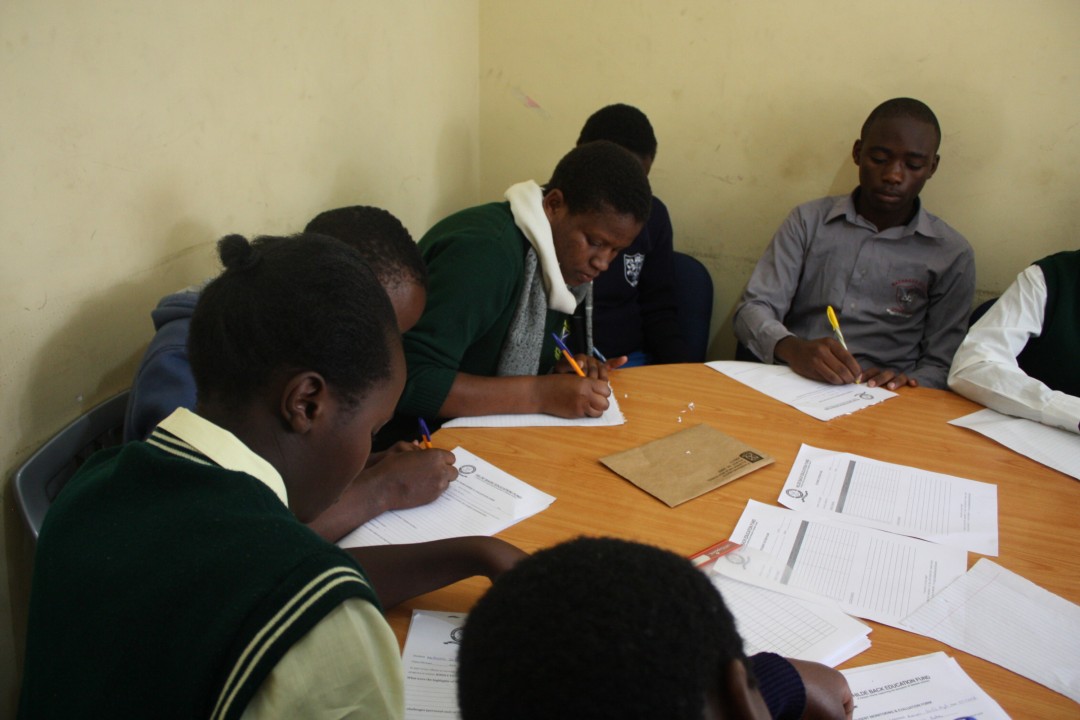
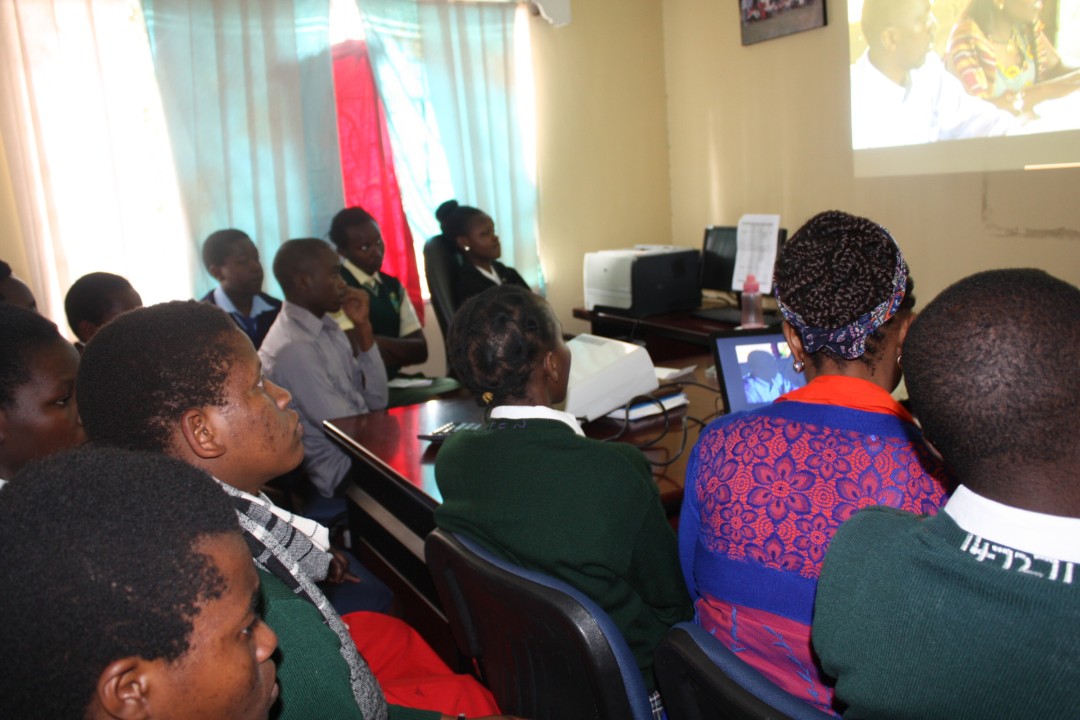
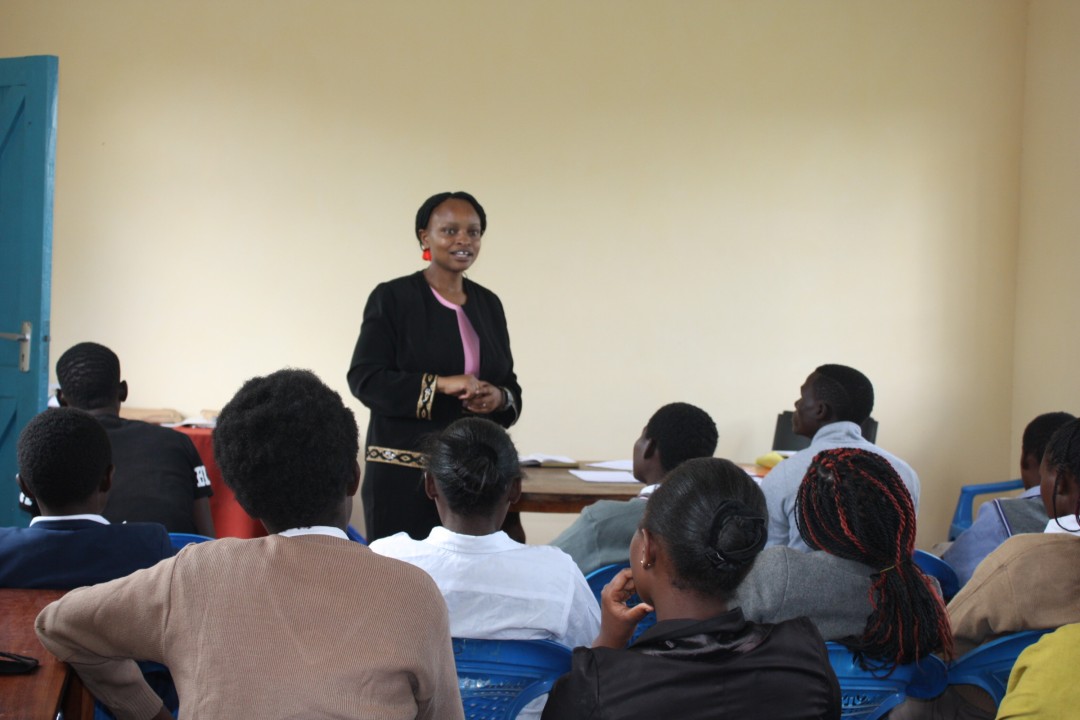
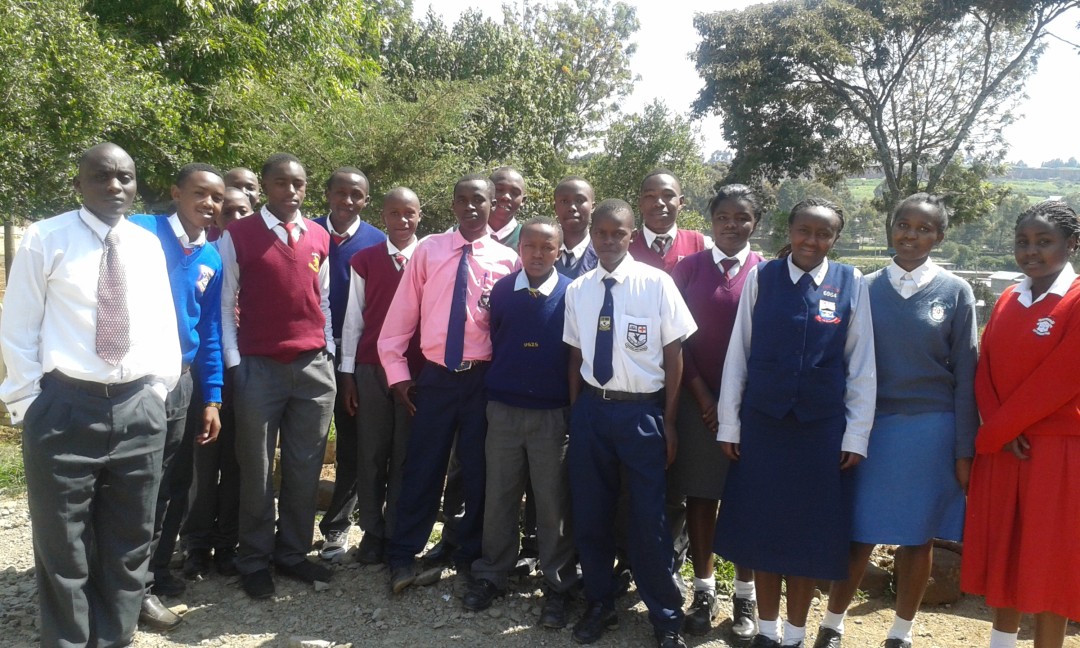
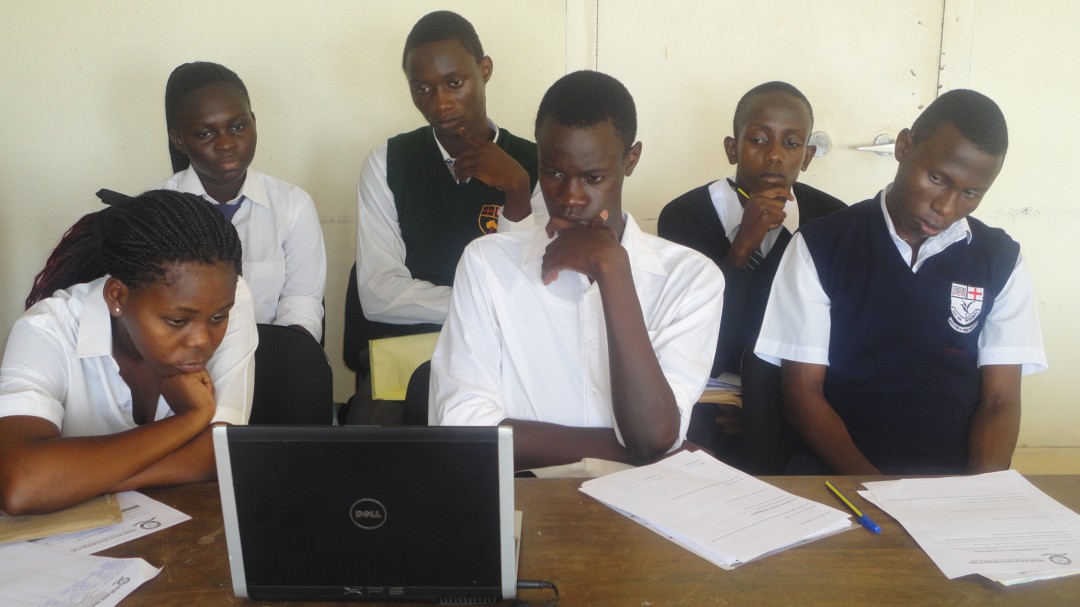

Kenya
Population
49.7 million (2017)
Per Capita Income
USD 1,460/year (2017)
Poverty rate *
36% (2015)
Literacy rate
79% (2016)
Human Development Index
142nd out of 189 countries (2018)
Kenya’s macro-economic conditions have progressed over the past decade, improving the welfare of its population. However, a quarter of its population lives in urban informal settlements, arid and semi-arid rural areas and remain vulnerable to poverty, conflict, structural underdevelopment and disease. Even though national absolute poverty has declined overall, it remains high compared with neighbouring countries. Primary school enrolment has reached 100%. Access to household services such as electricity, improved drinking water and sanitation has steadily increased, even though coverage remains low (23%, 47% and 33% respectively). Youth unemployment and vulnerability to climate change remain key challenges.
Sources: World Food Program, UNICEF, World Bank, 2016 Human Development Report, Human Development Indices and Indicators (2018 Statistical Update)
*The percentage of the population living below the national poverty line.